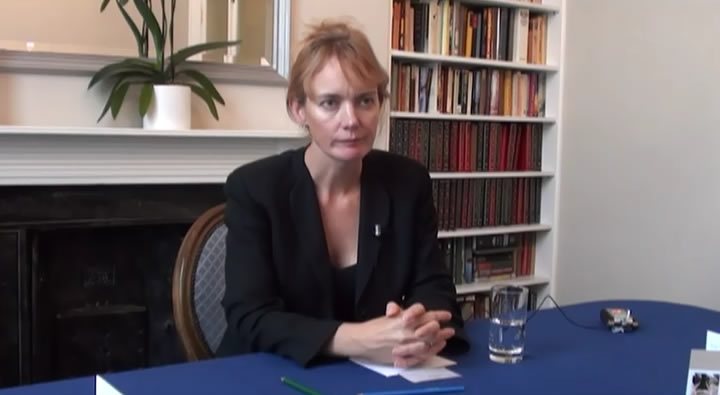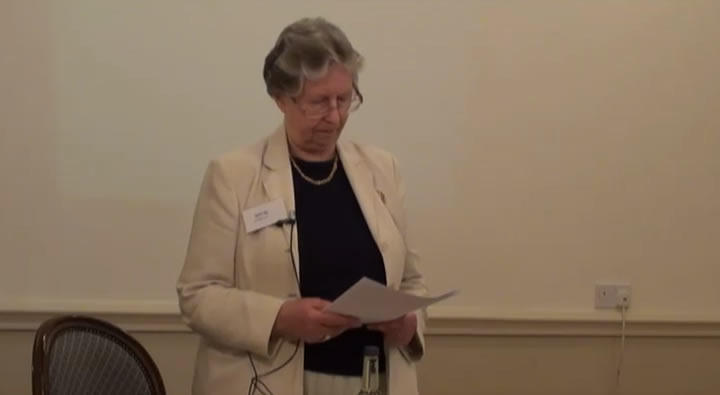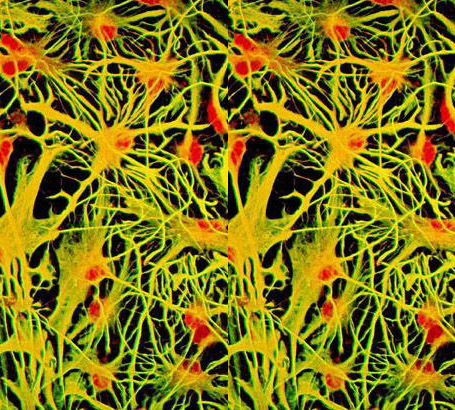
Neuroscientists study nerve cells, neural networks and brain systems. From these studies, they learn how the nervous system develops and functions normally and what goes wrong in neurological conditions.

Thanks to the development of imaging and other technologies,
neuroscientists can now look inside the live brain and gain new knowledge about its structure and functions. Some of this
research is already revealing clues to help guide the decisions and practices of educators working with students who have
special needs.
Sousa, 2007
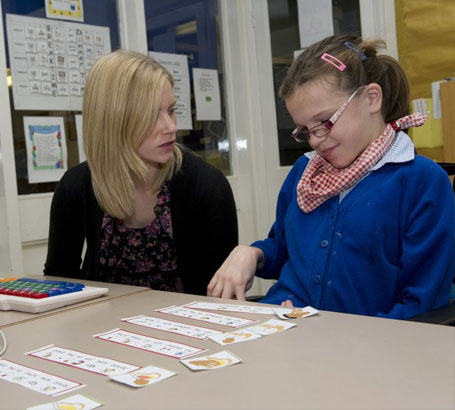
Neuroscience has begun to shed light on the mental processes involved in learning and is producing new insights that have the potential to help school staff and others concerned with education to understand teaching and learning in new ways.

Education is concerned with enhancing learning and neuroscience
is concerned with understanding the mechanisms of learning. It seems only logical that the one should inform the other.
Professor Uta Frith, 2011
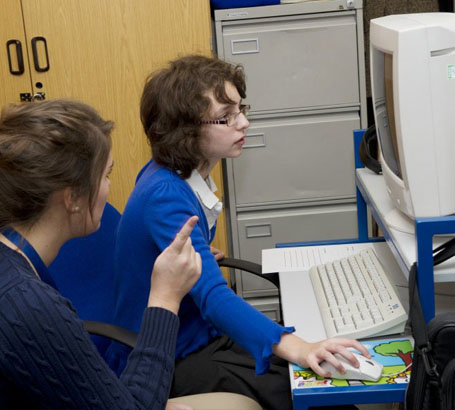
Until recently, neuroscientists and people working in schools did not spend much time talking to each other, yet neuroscientists are gaining new insights about how children learn and teachers are concerned with improving pupils' ability to learn.
In this clip Professor Amanda Kirby, Professor of Developmental Disorders in Education and Medical Director of The Dyscovery Centre based at the University of Wales, talks about the benefits of neuroscientists and teachers working together.
Now listen to this clip in which Francesca Happé, Professor of Cognitive Neuroscience at the Institute of Psychiatry explains how neuroscience can inform teaching.
Watch this clip, which shows extracts from a speech given by the former head of the National Association of Head Teachers, Dr Rona Tutt, in which she talks about the importance of the teaching profession drawing on the latest research from neuroscience to improve outcomes for children with special needs.
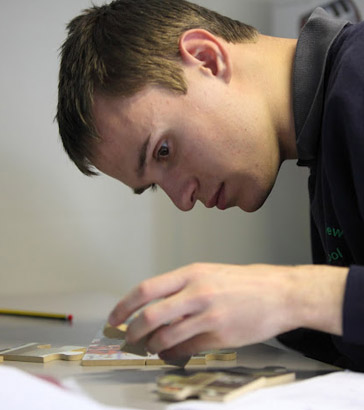
Find out how you can keep up to date with developments in neuroscience that might be relevant to your practice.
One way is to join an association, such as nasen.
You can also ask professionals who visit the school such as doctors and psychologists.
The following websites might be helpful:
CLDD Research ProjectCentre for Educational Neuroscience
Cambridge Neuroscience
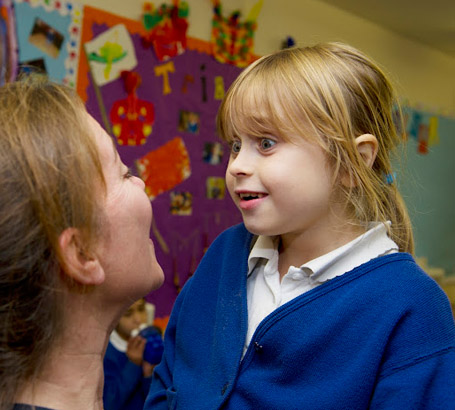
There is wide variation in learning ability and disability.
Some children:
- Struggle to learn in all areas of learning, while others
- Have specific difficulties, eg with language, literacy, numeracy or self control.

Current work in neuroscience is directed toward identifying the neurological basis of learning difficulties, which may have implications for:
- Identification and diagnosis, and
- Designing interventions to overcome or circumvent the learning difficulties.
Even for those with the most complex learning difficulties, improved understanding of the cognitive and neurological aspects of a condition can help to make education more effective.

Identifying a neurological basis for a learning disability does not imply taking a medical approach to education in which identified conditions are 'fixed' by a range of specialists. Rather, neuroscience can help educators to identify the specific barriers to learning for particular children and find alternative approaches.
All children and schools are different. Teachers work together to interpret the advice from medical professionals and psychologists to find out what works best for the children in their class.
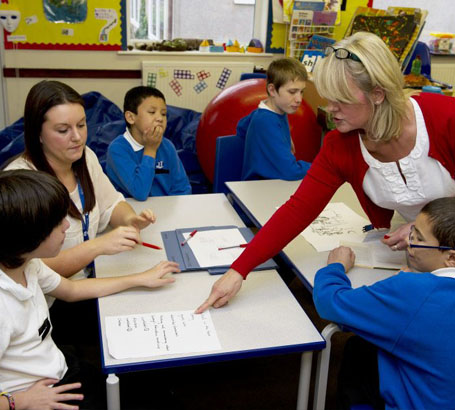
In school barriers to participation and learning can be addressed at several levels:
- Policies and administrative processes
- Attitudes and expectations
- Teaching approaches and other school procedures, and
- Barriers in the environment.
Consider the children in your class that are diagnosed with neurological conditions.
What is done to remove barriers to learning and participation for those children – in your class and across the school? Identify personalised adjustments as well as more general adjustments.
What could be improved in your own practice to remove barriers for one of the children? Identify one thing that you could change.
Change it and evaluate the impact on the child's participation and/or learning.
As you work through this module you will have the opportunity to consider ways of removing barriers to participation and/or learning for children with particular conditions.

Sousa, D. (2007) How the Special Needs Brain Learns', Crown Press/Sage, CA, USA

